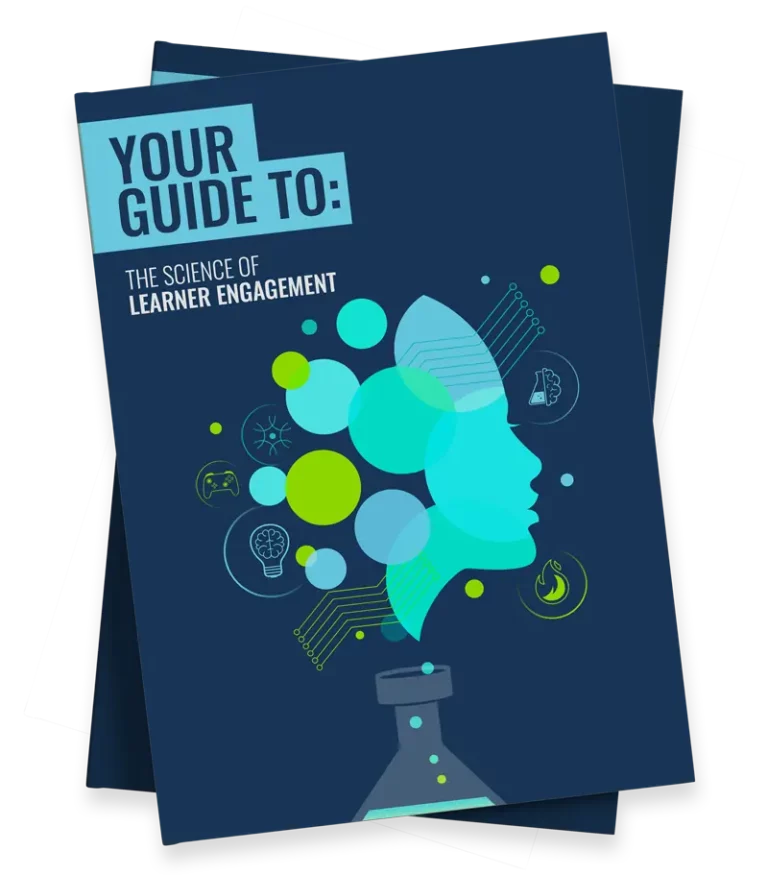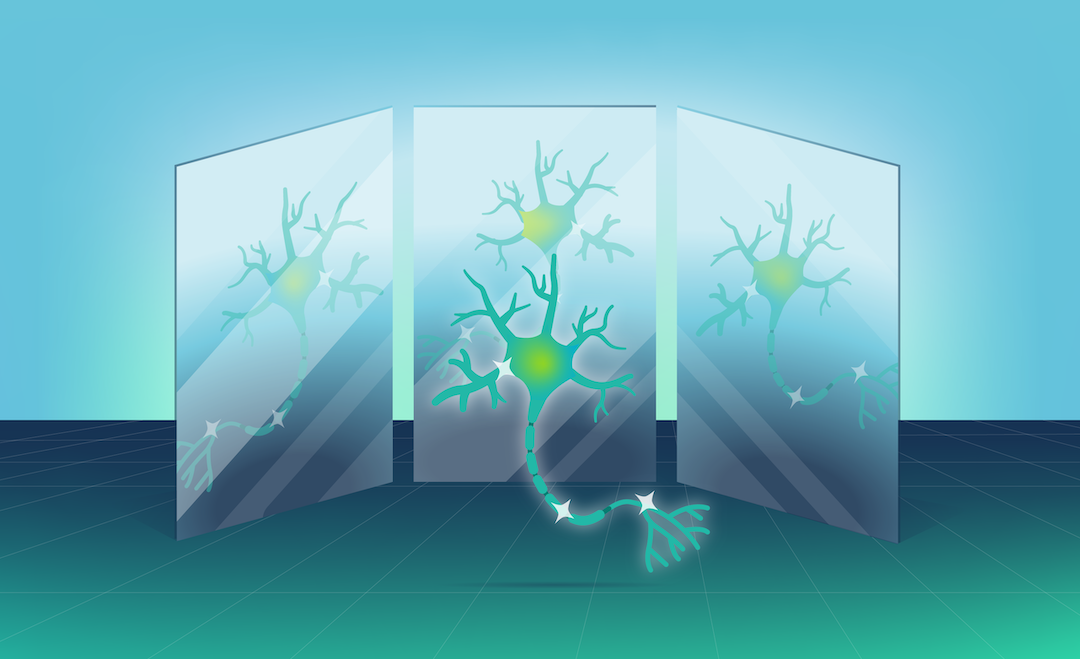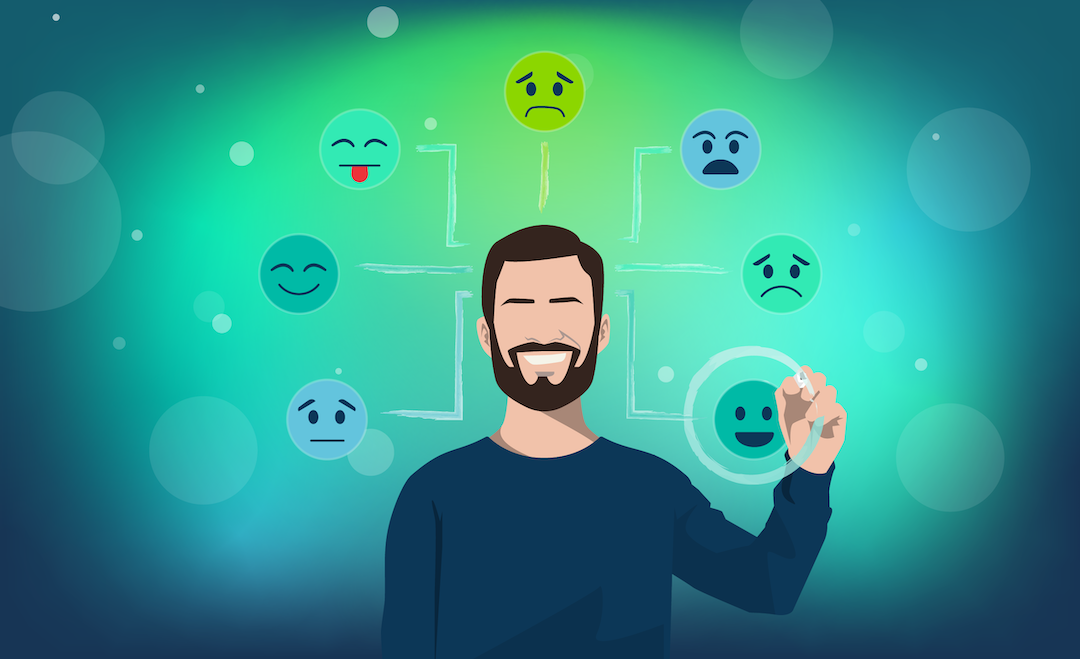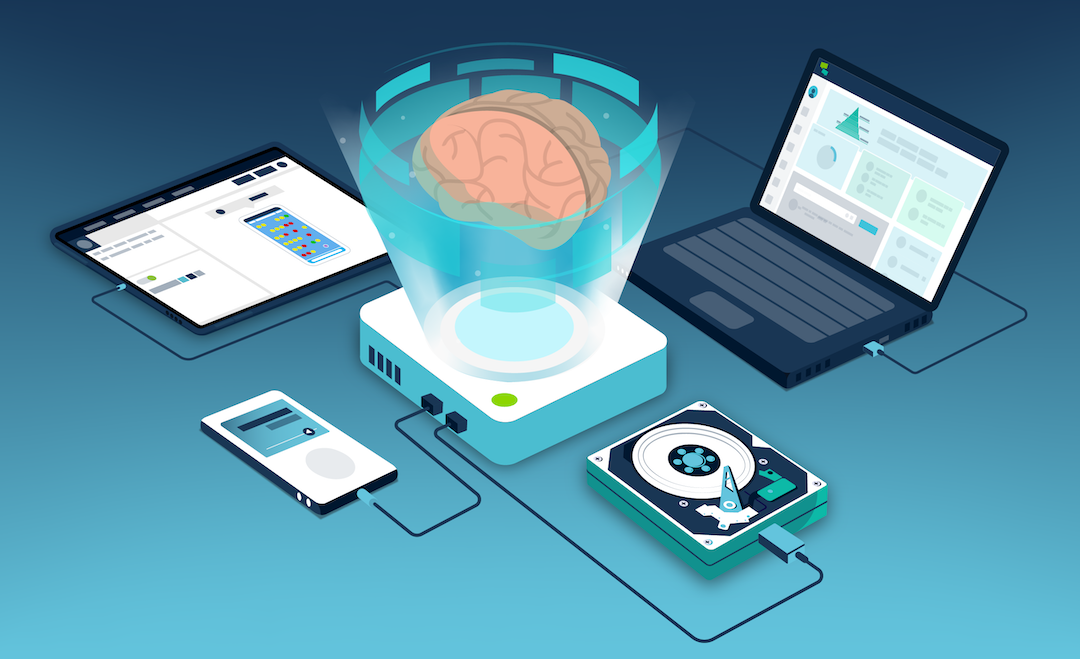
Nobody ever really changes. We’re all just creatures of habit, right?
Well, what if that’s our greatest advantage? For our brains, old habits are a comfortable, well-worn path. But that same autopilot system can be hacked, making learning as instinctive as checking your phone.
As James Clear, author of Atomic Habits, puts it: ‘Habits are the compound interest of self-improvement’.
Ready to invest? This article will show you how to use the neuroscience of habits to turn learning from a scheduled task into a daily behaviour that leads to serious performance gains. Let’s get started!
Your Brain on Autopilot
We often think of learning as a series of one-off events: a course, a workshop, an eLearning module. But if we want learning to translate into lasting performance, we need to think differently. The event is just the spark. The habits that follow are the lasting fire.
Why? Because habits are the brain’s autopilot system.
Research reveals that up to 43% of our daily actions are performed habitually, without conscious thought. You can be making coffee, brushing your teeth, or even driving to work while your brain is off planning its dinner or wondering if it left the oven on.
This isn’t a design flaw. It’s your brain’s brilliant energy-saving mode. As a result, we end up becoming the sum of our habits. The critical question for L&D professionals is this: are we shaping these automatic patterns to build capability, or are we leaving it to chance?
Unfortunately, without a habit-forming strategy, all our best-intentioned learning initiatives are likely to fail. In fact, they’ll fizzle out for the exact same reason 91% of New Year’s resolutions are abandoned by February. There’s a huge gap between knowing what to do and actually doing it consistently.
In a learning context, this chasm is often the difference between completing a training module and reliably applying a new skill on the job.
Why Habits Matter
This gap is widened by L&D’s oldest (and most fiendish) adversary: the forgetting curve. Indeed, without reinforcement, learners forget:
- 50% of information within 1 hour.
- 70% of information within 24 hours.
- 90% of information within 1 week.
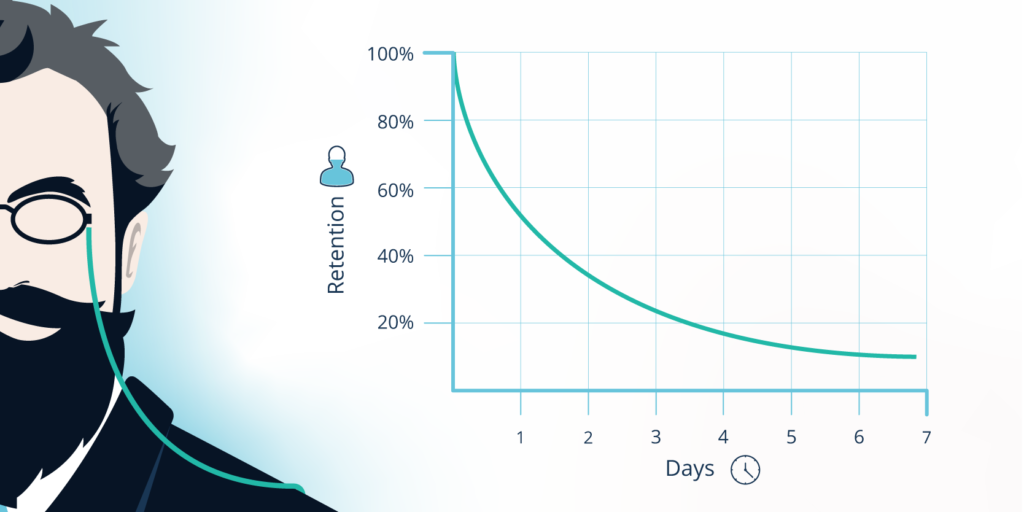
This data makes one thing undeniably clear: one-off learning is fundamentally flawed. Without a mechanism for reinforcement, most of its value will be gone by lunchtime. It’s a bit like pouring your L&D budget down the drain.
The solution to this is simpler than you might think: harnessing the power of repetition. Specifically, spaced repetition — the secret engine of learning habits. Research shows that this deliberate, habit-based approach can increase long-term retention by up to 200% compared to a one-off learning event.
Let’s reframe our mission. It’s time to shift from simply delivering training to proactively engineering learning habits. This is how we build automatic, ingrained capabilities that help us to conquer the forgetting curve and deliver performance.
But how difficult is it to form a new learning habit?
The Habit Hurdle
We know it takes an average of 66 days for a new behaviour to become automatic. But that number comes with an asterisk: complexity is everything. While creating a handwashing habit takes just a few weeks, it can take over 6 months to establish a new exercise routine.
Now, let’s be clear. Learning itself is a process, not a single habit. You can’t just ‘habit’ your way to mastering a new software. But what we can do is make the act of learning itself a regular, automatic behavior. So, how hard is it to build that habit?
Well, let’s be real, there’s a big difference between mastering a new leadership style or a compliance workflow than remembering to drink water. This is multi-layered, complex work. And we’re fighting against some powerful headwinds:
- The Priority Squeeze: In work and life, we’re all spinning a dozen plates at once. Deadlines loom, urgent tasks ping, and our inboxes are never empty. Learning, as a long-term investment, often gets pushed down the list. In fact, analyst Josh Bersin estimates that employees typically have just 24 minutes per week to dedicate to formal learning.
- The Reward Gap: Learning is the ultimate exercise in delayed gratification. While it’s intrinsically rewarding, the big payoffs (think promotions or ‘expert status’) are often months away. This creates a ‘dopamine drought’ that makes it easier for our brains to prioritise tasks that offer a quicker reward.
- The Effort Equation: Effective learning isn’t supposed to be easy. It requires struggle, failure, and real cognitive effort. This ‘desirable difficulty’ is what makes it stick. Unfortunately, it also makes learning less appealing. It’s far easier to passively watch a video than it is to actively practice a new skill.
- The Missing Catalyst: Strong habits are linked to clear triggers. When your alarm rings in the morning, you know it’s time to get up and brush your teeth. Learning often lacks this obvious signal. And without a specific, baked-in prompt, the intention to learn is easily forgotten or skipped entirely.
These challenges are real, but not insurmountable. Next, let’s explore the brain science that makes habit formation possible.
The Neuroscience of Habit Formation
To design learning that sticks, we need to work with the brain’s built-in habit forming mechanisms, not against them. Let’s start by meeting the two key players in this process, before introducing the loop that powers it all.
The Prefrontal Cortex

Located right behind your forehead, your prefrontal cortex (PFC) is your brain’s brilliant but overworked CEO. It’s in charge of conscious, effortful thinking — which is exactly what you’re doing when you’re learning a new skill for the first time.
But your prefrontal cortex has a major limitation: it runs on expensive mental energy and tires quickly. That’s why it’s constantly looking for tasks to delegate to autopilot.
The Basal Ganglia
Located near the brain stem, the basal ganglia are a cluster of nuclei that act as your mind’s automation pilot. This is a highly efficient, energy-saving system that takes over repetitive tasks and turns them into automatic routines.
Once a routine is encoded here, it becomes second nature, running smoothly in the background while your conscious brain is freed up for more important work.
In simple terms, the goal of habit formation is to successfully transfer a task from the energy-intensive prefrontal cortex over to the more efficient basal ganglia. This is the biological basis of ‘muscle memory’ for both physical and mental skills.
The Habit Loop
This hand-off process happens through a simple but powerful neurological cycle, often called the ‘Habit Loop’. Popularised by Charles Duhigg, this model reveals that every habit (good or bad) runs on the same three-part engine:
- Cue: This is the starting pistol. It’s the trigger that alerts your basal ganglia to start the automated sequence, by hinting that a reward is nearby. This could be as simple as your phone buzzing or seeing your learning app icon.
- Routine: This is the journey itself. It’s the actual behavior, whether it’s physical (completing a task), mental (applying a framework), or emotional (like managing your reaction to a situation). The key is that the action is automated.
- Reward: This is the ultimate destination. It’s the positive feeling that informs your brain that a habit is useful. It satisfies a craving and releases a shot of dopamine, helping to forge a stronger connection between the cue and the routine.
Myelin and Mastery
Let’s look at the final piece of the puzzle: the physical change in our brains that makes mastery possible. When we repeatedly practice a skill (be it a physical or mental routine), our brain wraps a fatty substance called myelin around the relevant neural pathways.
Think of myelin as high-performance insulation for your brain’s internal wiring. This insulation, laid down in a process called myelination, allows signals to travel along neural pathways with improved speed and precision.
It’s the reason why a veteran manager can handle a difficult conversation effortlessly (a myelinated habit) while a new hire might struggle (thanks to their un-myelinated pathways). Practice really does make perfect.
So, how do we put this science into practice?
L&D Application: Hacking the Habit Loop
Understanding the neuroscience behind habits is one thing, applying it is another. It’s up to us as learning & development professionals to make this happen. With this in mind, here’s a practical blueprint for cultivating healthy habit loops among your learners:
1. Design Compelling Cues
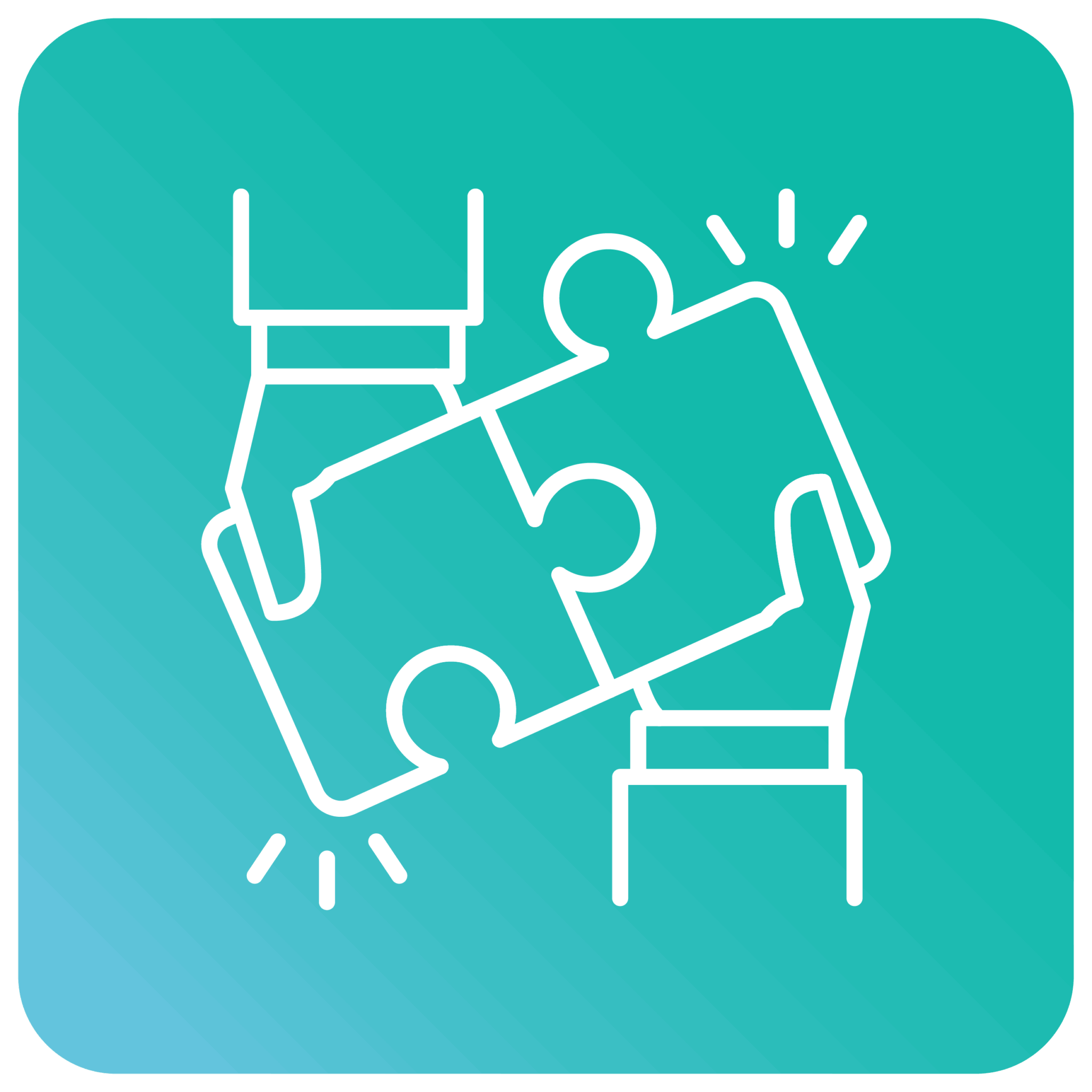
Habits don’t just appear, they’re precise reactions to specific triggers. Consequently, this means it’s our job to reframe learning itself. It’s not a calendar invite you have to accept, it’s a natural reflex you don’t even think about. Here’s how you can pull off this sea change:
- Set an Intention: This is one of the most powerful tools in your arsenal. Turn a goal into a habit by locking in the details. For example, have learners explicitly state: ‘I will practice Skill X for 10 minutes at my desk after my morning coffee.’ This level of specificity is extraordinarily effective. Studies show it drives completion rates up to 91%, compared to a meagre 35% for those without a plan.
- Habit Stacking: Rather than attempting to build new cues from scratch, attach learning to what your audience already does automatically. The brain loves a clear link. For example, ‘Every time I finish a client call, I will jot down one thing I did well’, or ‘During my lunch break, I’ll spend the first 10 minutes on a language learning app’.
- Contextual Integration: You can also make learning unavoidable by embedding it directly into your learners’ workflow. Nothing’s more engaging than relevancy. For instance, imagine a just-in-time nudge within your communication platform that prompts learners to ‘Review the new feedback framework before your next 1:1’.
2. Make the Routine Easier
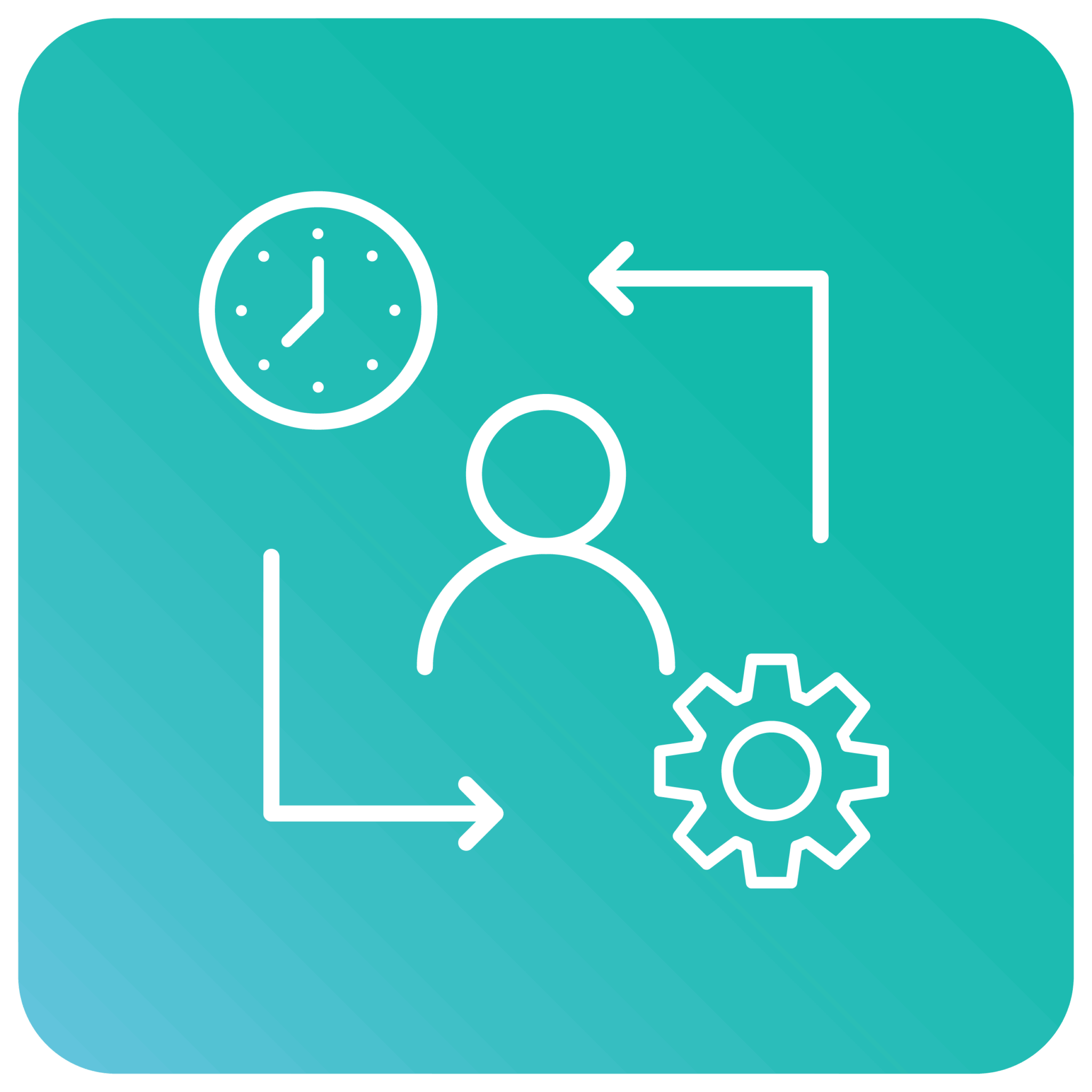
Want to build a habit that sticks? Make the routine so small it’s almost impossible to skip. This reduces the activation energy required and helps to protect the prefrontal cortex from fatigue.
As behavior expert B.J. Fogg advises, ‘Don’t focus your motivation on doing Behavior X. Instead, focus on making Behavior X easier to do’. Let’s break down how:
- Make it Micro: It’s time to embrace microlearning. Each learning ‘routine’ should be a 3-7 minute focused activity (or even shorter!), rather than a 45-minute odyssey. This aligns with the brain’s capacity for intense focus and makes repetition sustainable.
- Awesome Application: Move up Bloom’s Taxonomy by making your routine an active behavior. This transforms theoretical knowledge into practical action the brain can rehearse and habitually encode. Encourage application and reflection.
- Flawless Focus: Keep things simple. Ensure each practice session is designed around applying a single, specific skill. This clarity makes the routine easier for the basal ganglia to encode. Remember, complexity creates cognitive overload.
3. Reward and Retain

As we’ve seen, learning is often perceived as an investment in a future that feels distant and unknowable. Indeed, this gap between the training room and real-world application is one of the major reasons why 90% of corporate training initiatives fail.
The solution? We must close the habit loop with a reward that is both immediate and satisfying. Here’s how to lock in the habit:
- Intrinsic Satisfaction: Engineer moments of immediate utility and competence. To do this, design activities that end with a tangible output, like a completed project plan or a solved scenario. You should also use language that highlights your learners’ growing mastery, such as: ‘Notice how much easier that was with the new framework?’
- Social Validation: Leverage our innate drive for status and belonging. Use your learning management system (LMS) or collaboration tools to create moments of social reward. This could include a feed for shouting out peers, or a leaderboard that celebrates the most active learners and problem-solvers.
- Reward of Mastery: The most powerful reward is the feeling of getting better. However, this can often be difficult to sense in the moment, so use progress bars, confidence ratings, and skill demonstrations to help your learners visualise their growing competency. As a result, you’ll make their progress feel tangible.
By intentionally designing for the cue, routine, and reward, we stop creating one-off learning events and start building learning habits. The result is a self-sustaining cycle that transforms learners from passive participants into active, growing professionals.
Breaking Bad Learning Habits

We now know how to build new habits. But what about breaking the old ones that often get in the way? The key insight from neuroscience is that you can’t just delete a bad habit. You have to actively work to replace it.
The most effective way to do this is to use the existing habit loop but swap out the routine. Empower your learners to rewire their own habits by guiding them through this three-step process:
- Identify the Cue: What triggers the unproductive habit? Is it a feeling (boredom, stress), a time of day, or a digital ping? Simply being aware of the trigger is the first step to breaking its power. Indeed, research shows that hiding temptations provides an instant boost to your self-control.
- Establish the Reward: What is the craving that the bad habit satisfies? Is it a distraction, a mental break, or something more tangible? Identifying the core reward is crucial for finding a better alternative.
- Swap the Routine: If hiding the cue is unrealistic, keep it, but aim for a better behavior that is linked to the same reward. For instance, instead of doomscrolling when overwhelmed, take three deep breaths and check your to-do list.
For L&D, this means helping learners to recognise their own counter-productive patterns and equipping them with simple, alternative ‘routines’ that offer a similar payoff. In turn, the better choice becomes the easier choice.
Final Words
Let’s face facts: the forgetting curve will always win against one-off events. Fortunately, it doesn’t stand a chance against a well-designed habit.
While habit formation takes work, you now hold the blueprint. The habit loop (cue, routine, reward) gives you the three elements you need to systematically build learning that lasts.
Now it’s your move. Start small by picking a critical skill and build a habit loop around it. Remember, you’re not just launching a course — you’re engineering a continuous learning experience. Good luck!
Thanks for reading. If you’ve enjoyed this content, please connect with me here or find more articles here.
You’ve mastered the habit loop. Now it’s time to fuel it. Download ‘The Science of Learner Engagement’ guidebook to unlock your complete blueprint to learning that sticks and inspires.

